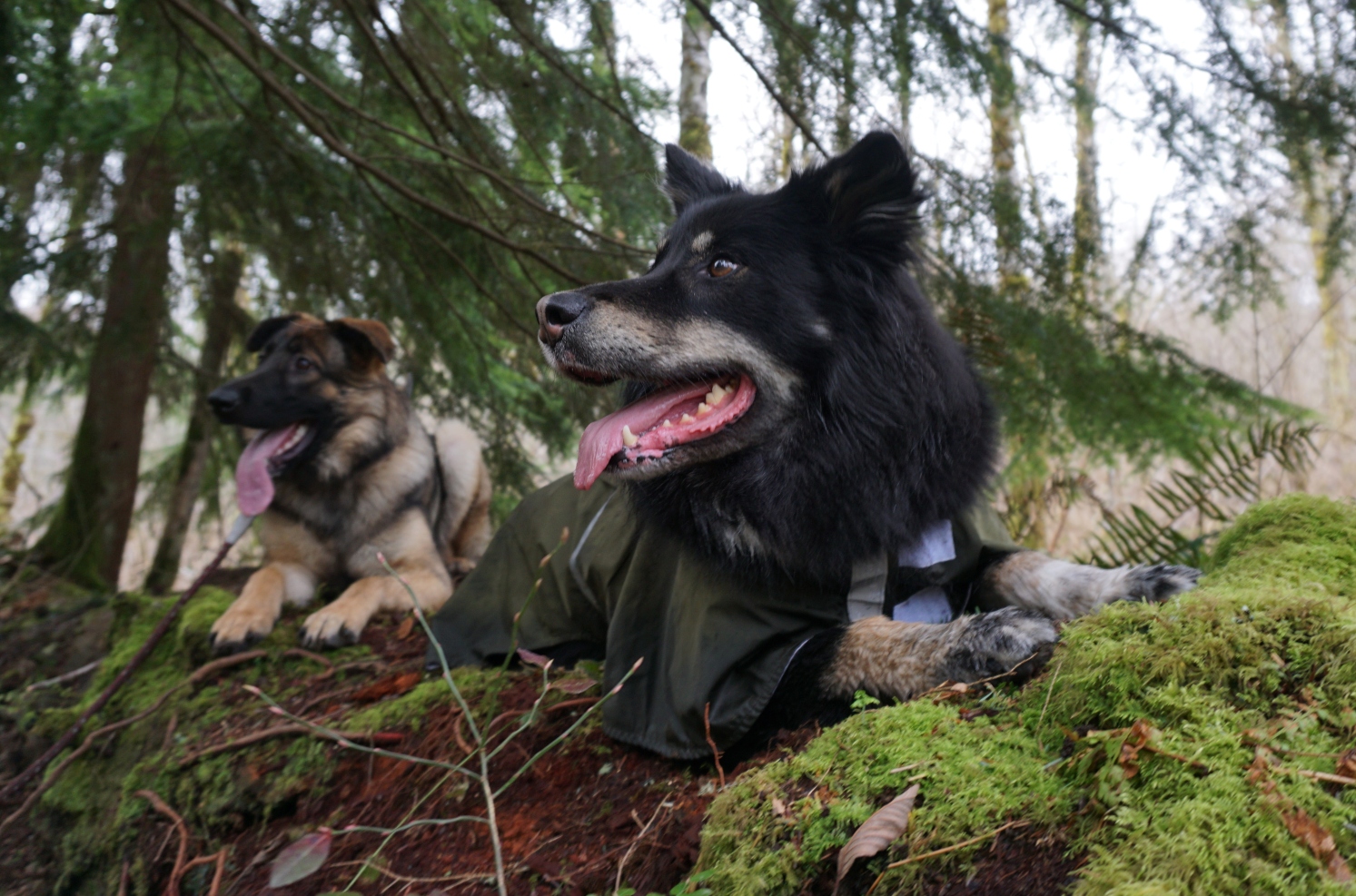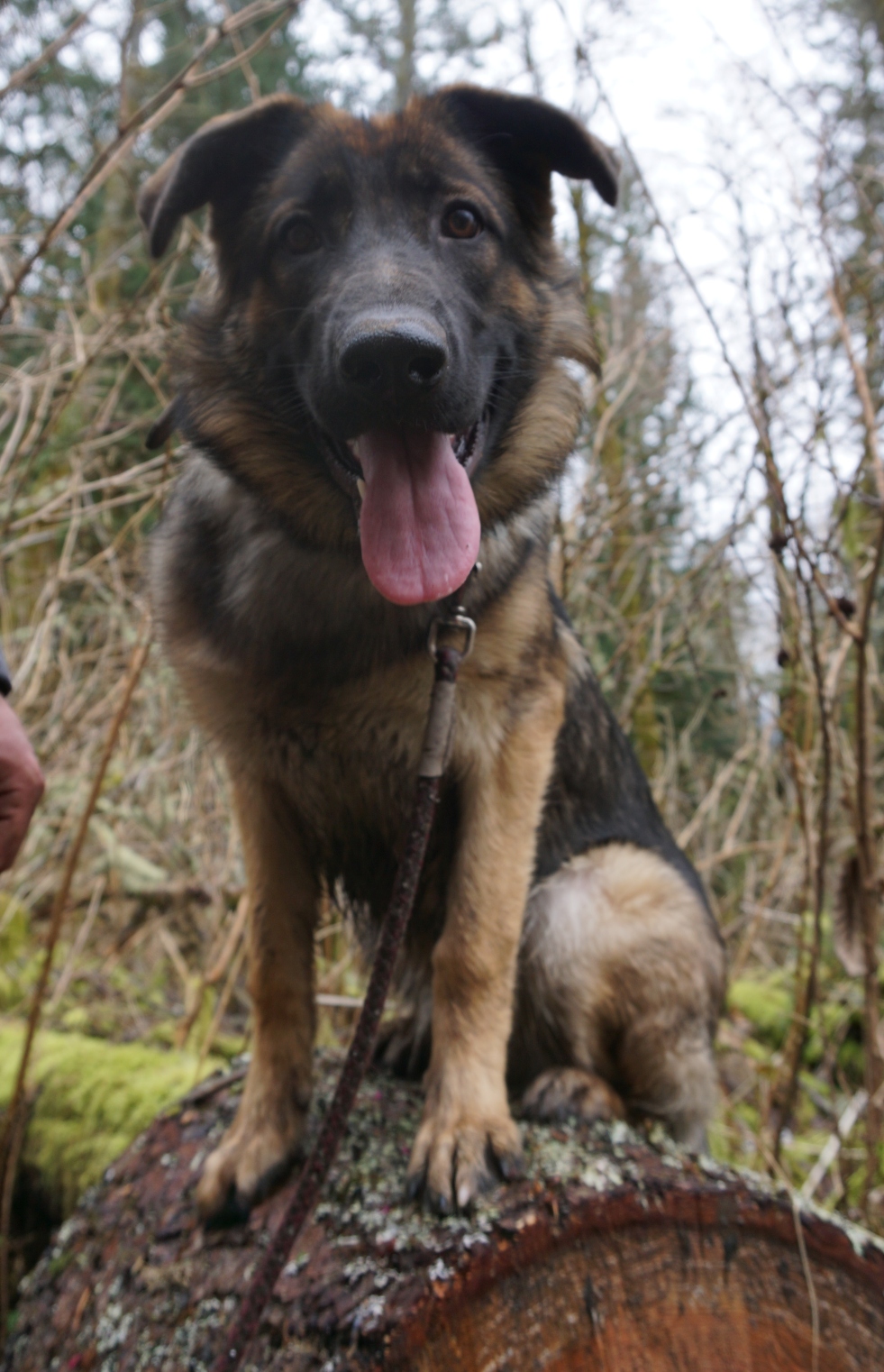Rattlesnake Vaccine
Should Your Dog Get The Rattlesnake Vaccine?

While rattlesnakes are not a common concern in Western Washington, they are widespread in areas east of the Cascade Mountain Range and in our neighboring states, including Oregon and Idaho. These venomous snakes thrive in dry, rocky, and grassy environments, making them more prevalent in regions with warmer climates. If you plan to travel during the spring and summer months for outdoor activities such as hiking, camping, or even making quick stops at rest areas, it’s important to be aware that your dog could be at risk of encountering a rattlesnake. Taking precautions, such as keeping your dog on a leash, staying on well-traveled trails, and avoiding tall grass or rocky outcroppings, can help reduce the chances of an encounter.
How Does the Rattlesnake Vaccine for Dogs Work?
The rattlesnake vaccine works by stimulating the dog's immune system to produce antibodies against rattlesnake venom, specifically from the Western Diamondback Rattlesnake (Crotalus atrox). While it does not completely prevent the effects of a bite, it can help lessen the pain, swelling, and tissue damage. This gives owners more time to seek emergency and veterinary treatment. A dog bitten by a rattlesnake should still seek out immediate medical treatment, regardless of whether they are vaccinated or not.
Initially, the vaccine is administered in a two-part series to build immunity. After that, a booster shot is given once a year, ideally before the start of the warm weather or any potential exposure to rattlesnakes. Keeping up with these vaccinations can help provide an extra layer of protection for dogs that spend time in areas where rattlesnakes are common.
Key Points About the Rattlesnake Vaccine for Dogs:
- The vaccine does not make dogs immune to rattlesnake venom, but it can reduce the severity of the reaction.
- It is most effective against Western Diamondback Rattlesnake venom. It does not protect against coral snakes, water moccasins, or non-venomous snake bites.
- Dogs receive an initial two-dose series, given about 30 days apart. After that, they need annual booster shots, typically given in early spring before snake season begins.
- The vaccine is recommended for dogs in high-risk areas that spend time outdoors hiking, camping, hunting, or working in snake-prone regions.
Canine Influenza Vaccine
What is the Canine Influenza Vaccine?

Canine influenza is a highly contagious respiratory disease that can affect dogs of any breed, age, or sex. The disease is primarily caused by type A influenza viruses, specifically the H3N8 and H3N2 strains, which are known to infect and cause illness in dogs. These viruses are capable of spreading rapidly through airborne droplets, as well as through contact with contaminated surfaces, making it particularly concerning in environments where dogs are in close proximity, such as kennels, grooming salons, dog parks, and veterinary clinics.
Most dogs in North America have no pre-existing immunity to canine influenza, which leaves them highly susceptible to infection. Symptoms can range from:
- Nasal discharge
- Frequent sneezing
- Fever
- Lethargy
- Ocular discharge
- Reduced appetite
- Difficulty breathing
- Vomiting/Diarrhea
While many dogs recover without the need for intensive treatment, some may develop secondary bacterial infections or face prolonged illness, especially those with underlying health conditions or weakened immune systems. If your dog is having similar symptoms or if you have questions about canine influenza, contact us today.
Given the ease with which canine influenza spreads and the potential for severe illness, vaccination is recommended for dogs that frequent high-risk environments. The canine influenza vaccine helps reduce the risk of infection and mitigates the severity of the disease if contracted. This preventative measure is an important aspect of responsible pet care, ensuring the health and well-being of dogs, as well as preventing the virus to other pets in the community.
